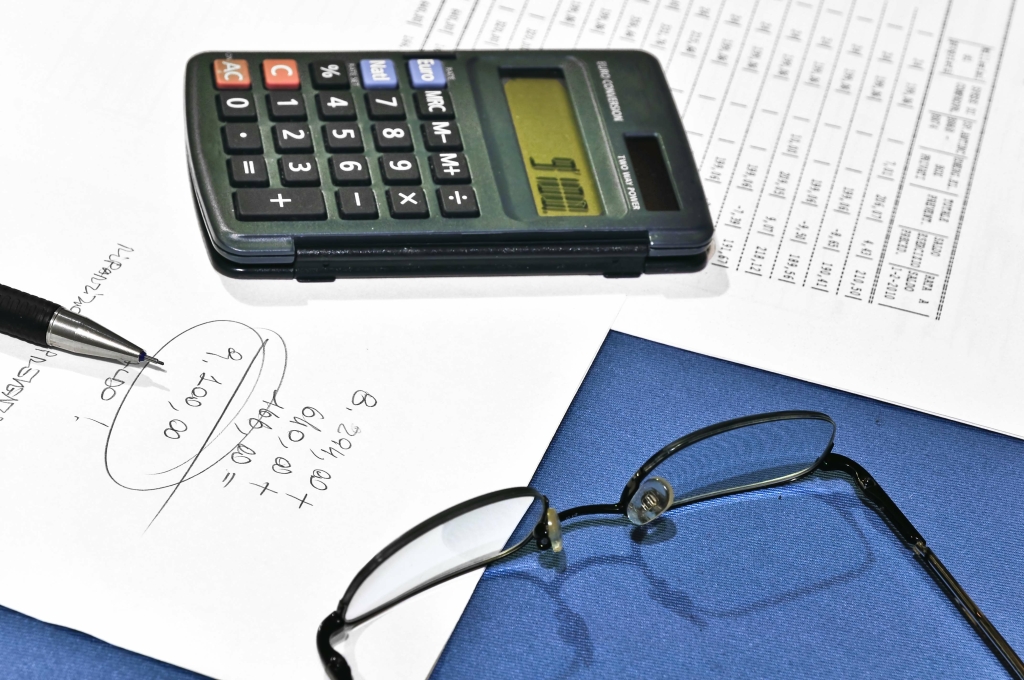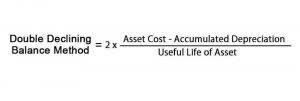
In other words, its expected balance is contrary to—or opposite of—the usual credit balance in a revenue account. While tracking contra asset accounts is cumbersome for bookkeepers and accounting clerks using manual accounting systems, if you’re using accounting software you’ll find that most of the heavy lifting is done for you. You may not need to use contra asset accounts right now, but as your business grows, using contra asset accounts will likely become a necessity.
- It also shows the carrying (net) amount of $19,000, which you report to your firm’s balance sheet.
- The reason you show a contra asset on a balance sheet is so you can see the overall net balance of a particular asset and to give investors a more accurate look into your company’s financial activity.
- If a company has a high or fast-growing allowance as a percentage of accounts receivable, keep a close eye on it.
- Likewise, when you pay a bill, your cash account is reduced (credited) because you’re lowering the balance.
- The credit balance in the liability account Bonds Payable minus the debit balances in the contra-liability accounts Discount on Bonds Payable and Bond Issue Costs results in the carrying value or book value of the bonds.
Allowance for Doubtful Accounts: Methods of Accounting for
Contra asset accounts can be used in a variety of areas, but there are three contra asset examples that you should pay close attention to. You record the allowance for doubtful accounts by debiting the Bad Debt Expense account and crediting the Allowance for Doubtful Accounts account. You’ll notice the allowance account has a natural credit balance and will increase when credited. Assume a company has 100 clients and believes there are 11 accounts that may go uncollected. Instead of applying percentages or weights, it may simply aggregate the account balance for all 11 customers and use that figure as the allowance amount.
- Generally speaking, the use of contra accounts is to ensure their related accounts stay clean and to keep track of historical cost easier.
- Hence, the book value of the liability will be the credit balance of the liability account minus the debit balance of its contra liability counterpart.
- Reconcile the AR balance with the AR aging report periodically to ensure accuracy.
- An example of a contra liability account is the bond discount account, which offsets the bond payable account.
- If there’s an increase to allowance for uncollectible accounts, you record the same amount in the bad debt expense of your income statement.
- Those who are struggling with recording contra accounts may benefit from utilizing some of the best accounting software currently available.
- Simply hit Control + N under the Chart of Accounts or Edit, then click New (to create a new account).
Contra Liability Account
If a company has a history of recording or tracking bad debt, it can use the historical percentage of bad debt if it feels that historical measurement relates to its current debt. For example, a company may know that its 10-year average of bad debt is 2.4%. Therefore, it can assign this fixed percentage to its total accounts receivable balance since more contra expense account often than not, it will approximately be close to this amount. The company must be aware of outliers or special circumstances that may have unfairly impacted that 2.4% calculation. An allowance for doubtful accounts is a contra account that nets against the total receivables presented on the balance sheet to reflect only the amounts expected to be paid.

Accumulated Depreciation as a Contra Asset
For example, when your company borrows money, you would identify that debt in a Notes Payable account. Furthermore, if you subsequently pay off that debt early and capture a discount, the contra liability account — Discount Notes Payable — would record those savings. Another common contra liability account is a Discount on Bonds Payable account used by businesses that issue their own bonds.
The allowance method of accounting allows a company to estimate what amount is reasonable to book into the contra account. The percentage of sales method assumes that the company cannot collect payment for a fixed percentage of goods or services that it has sold. The accounts receivable balance decreases when the client pays the invoice, and the agency’s cash or bank account increases by the same amount. Until the payment is made, the store’s accounts payable balance reflects this outstanding amount owed to the supplier. If the store pays the invoice within 30 days, the accounts payable balance decreases by $50,000, and the store’s cash or bank account decreases by the same amount.
Company K’s income statement will report the gross Sales of $100,000 minus the sales returns and allowances of $500 and the resulting net sales of $99,500. For example, when a line item on your balance sheet presents the balance of accounts receivable, report the value of allowance of uncollectible accounts below the accounts receivable line. Be sure to enter the contra account on the opposite column of the account they’re offsetting. If contra assets appear in the credit column, record contra liabilities on side. With contra equity accounts, you reduce the number of outstanding shares you list on your company’s balance sheet. Treasury stock and owner’s drawing account are examples of contra equity accounts.
Also, note that when writing off the specific account, no income statement accounts are used. This is because the expense was already taken when creating or adjusting the allowance. The contra asset account Accumulated Depreciation is deducted from the related Capital Assets to present the net balance on the parent account in a company’s balance sheet. You may use accounting software packages, such as QuickBooks Online to set up contra accounts.


Then, the company establishes the allowance by crediting an allowance account often called ‘Allowance for Doubtful Accounts’. Though this allowance for doubtful accounts is presented on the balance sheet with other assets, it is a contra asset that reduces the balance of total assets. Regardless of company policies and procedures for credit collections, the risk of the failure to receive payment is always present in a transaction utilizing credit. Thus, a company is required to realize this risk through the establishment of the allowance for doubtful accounts and offsetting bad debt expense. In accordance with the matching principle of accounting, this ensures that expenses related to the sale are recorded in the same accounting period as the revenue is earned. The allowance for doubtful accounts also helps companies more accurately estimate the actual value of their account receivables.

